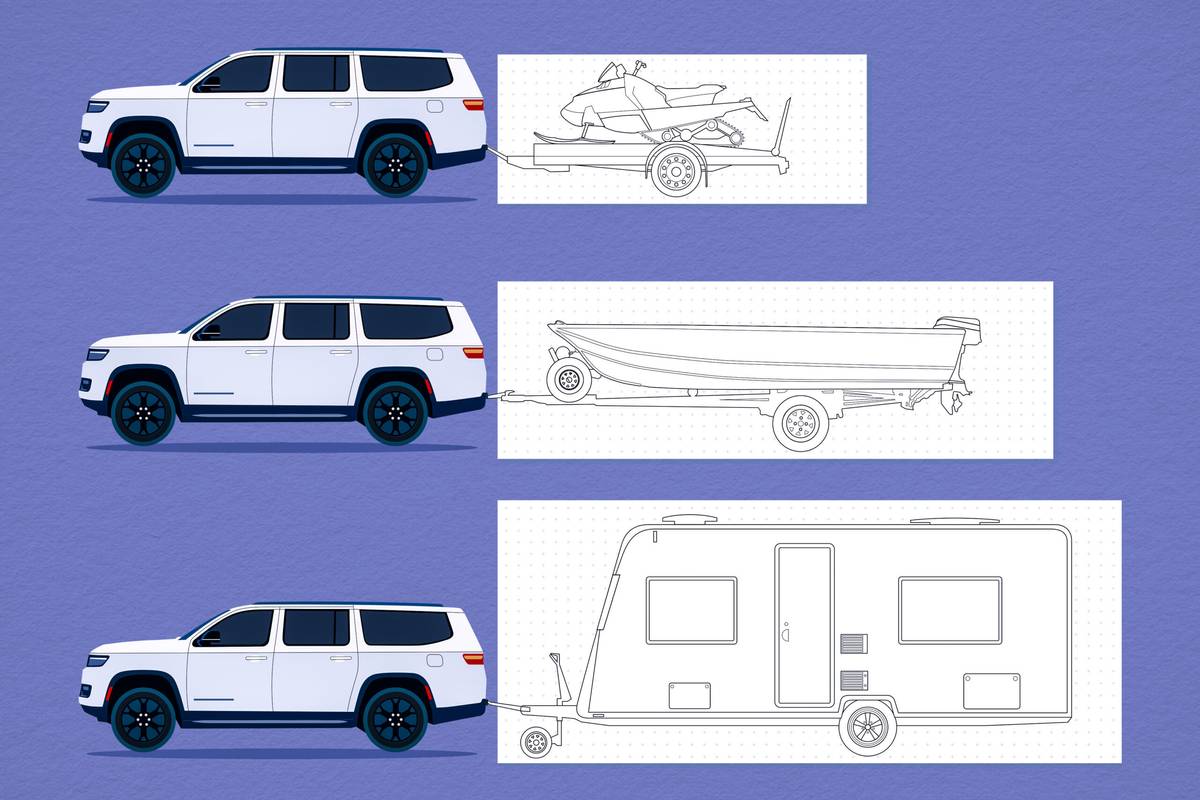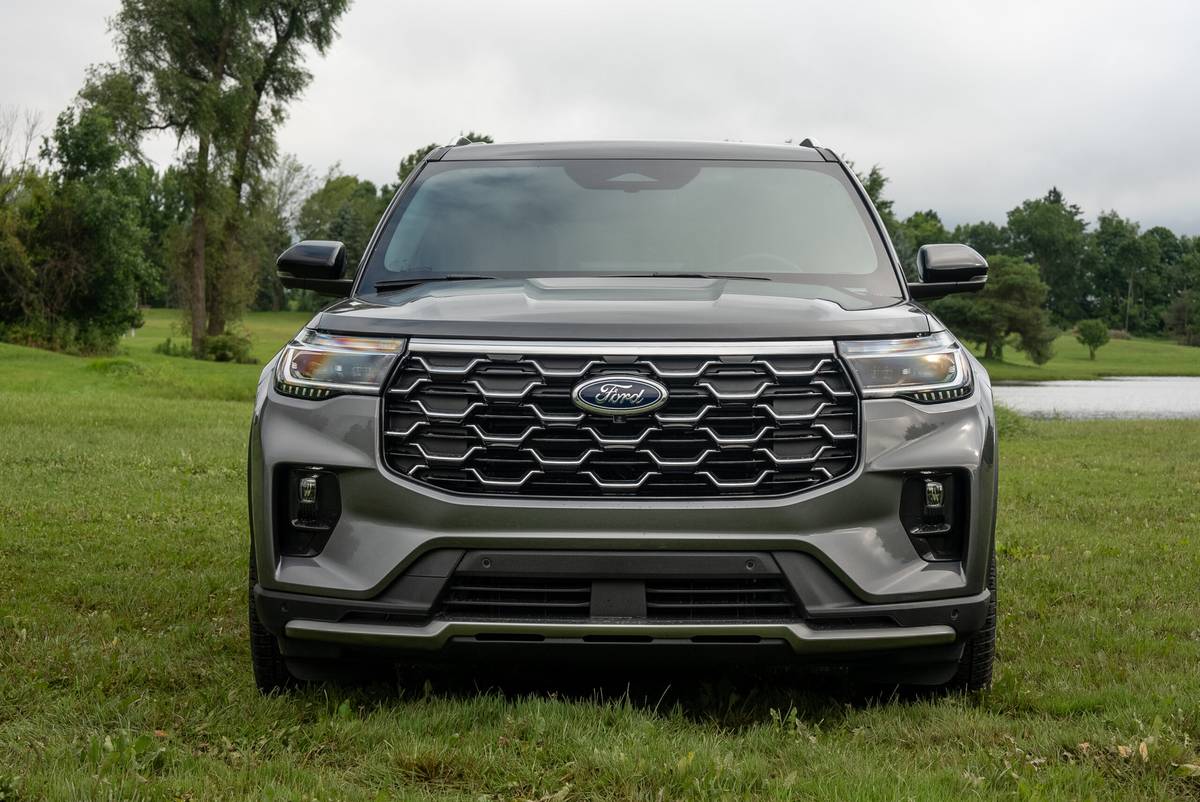2007 Nissan Sentra: What's New
Vehicle Overview
Nissan’s timing could hardly be better for this Sentra redesign. High fuel prices have ignited interest in smaller, more efficient cars, and the fifth-generation model had been around a long time. The Toyota Corolla and Ford Focus have been updated more recently, and a handful of competitors have been introduced or reengineered in the past year, including the Chevrolet Cobalt (replacing the Cavalier), Honda Civic and upcoming Dodge Caliber (replacing the Neon).
In what now seems to be standard operating procedure industrywide, Nissan has made the Sentra larger, based on a brand-new platform. It’s closer to what the Nissan Altima was before it became a midsize car in 2003. For people who want something smaller and more affordable, there’s the new 2007 Nissan Versa, which comes as a hatchback as well as a sedan.
Exterior
Despite the increase in interior volume and wheelbase (by 5.9 inches), the car is only 2.3 inches longer than the previous generation. It also stands 4 inches taller, another trend that improves visibility and ingress/egress by raising the seat height. Car styling has been moving in a bolder direction of late, though that’s not as common in the compact class.
Rather than a statement, the new Sentra looks like a smaller Altima, from the grille material to the high-mounted clear-lens taillights. Unfortunately, its headlights look like those of the Ford Fusion midsize sedan. Given the timeframe, this can hardly be a case of copycatting on Nissan’s part — just bad timing.
Overall, Nissan is doing a better job of maintaining a family resemblance than is Ford. The Sentra is a nice-looking car — young but not especially daring. Body-colored door handles and side mirrors give it a richer look that will help higher trim levels compete in the market with Volkswagen Jettas and other brands’ higher trims. Fifteen-inch wheels are standard; 16-inchers come on the 2.0 S model. Alloy wheels, also measuring 16 inches, are optional.
Interior
At 97.7 cubic feet, the 2007 Sentra has 9.2 cubic feet more interior volume than the 2006 version. A driver’s seat height adjustment is available but not standard — unfortunate for shorter drivers, especially because the trunkline is rather high. A 60/40-split, folding backseat is standard, as are power windows and door locks, air conditioning, and side curtain-type airbags.
There’s some of what you might call innovation in the car: rear cupholders large enough for 32-ounce cups and 20-ounce bottles, high-mounted front-seatback pockets for backseat passengers and a configurable partition in the trunk that can form two compartments — one of which Nissan describes as “hidden.” Looks like they’re going after the lucrative smuggler market.
Nissan says uplevel versions of the Sentra will offer leather upholstery, a Rockford-Fosgate premium stereo, Bluetooth hands-free cellular capability and Intelligent Key keyless engine start.
Under the Hood
New drivetrains are the big news for the Sentra, particularly an “all-new” 2.0-liter four-cylinder and a continuously variable transmission that’s estimated to give the car fuel economy of 29/36 mpg (city/highway). (Already in use in the Nissan Murano crossover vehicle, the CVT is a relatively new type of automatic transmission that has a wide span of gear ratios designed to maximize fuel economy at all vehicle speeds.) Mileage ratings for the standard six-speed-manual transmission are not yet available. The engine’s output ratings also are estimates at this time: 135 horsepower and, at minimum, 140 pounds-feet of torque, with 90 percent of the peak torque on tap at 2,400 rpm.
The Sentra’s MacPherson strut front suspension and, particularly, the semi-independent torsion-beam rear suspension are unlikely to please sport enthusiasts — but performance, not construction, is what matters most. The electric power steering is another feature that improves fuel efficiency.
Safety
Safety features include dual-stage front airbags with occupant classification for the passenger, a newly mandated feature that determines if the frontal airbag should be deployed, and with what intensity, based on the occupant’s size. Side-impact airbags and active head restraints are standard for the front seats. Side curtain-type airbags cover all the side windows.
Antilock brakes are optional on the front-disc rear-drum brakes. At this time there’s no mention of all-disc brakes. A centralized tire-pressure-monitoring system is included on every Sentra.
Featured stories



